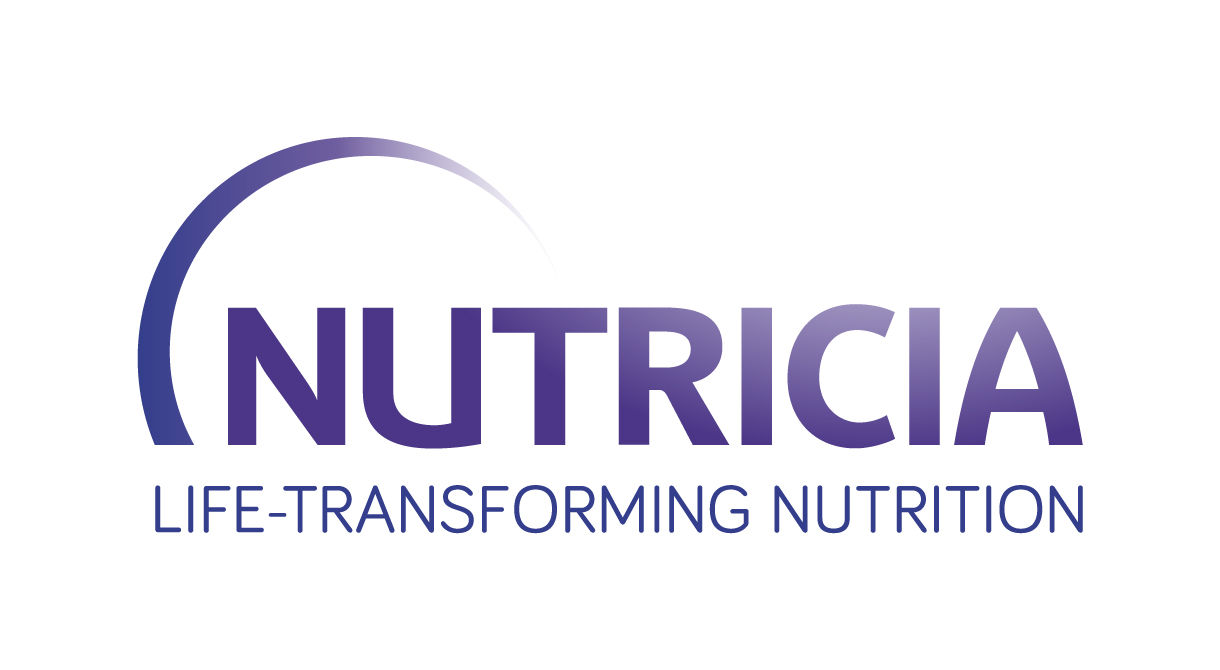A family history of allergy (including eczema, hay fever or asthma) increases the risk of a baby developing a food allergy2. However, even babies with no family history of allergy can develop cow’s milk allergy; a baby’s environment can affect the likelihood of developing an allergy13-15.
Bacteria and other microorganisms (collectively known as the ‘microbiota’) in the gut have a role in the healthy functioning of the body, including the immune system16. When the delicate balance of the gut microbiota is disrupted and the number of bad bacteria outweighs the good bacteria (‘gut microbiota dysbiosis’), the immune system can start to react incorrectly to harmless things, such as milk protein5,6.
Gut microbiota dysbiosis is linked to an increased risk of food allergies, including cow’s milk allergy. 14-16 Specifically, infants with food allergies appear to have fewer good bacteria in their gut compared with healthy, breastfed infants17-19.
Things that can upset the balance of the gut microbiota include:
- Repeated courses of antibiotics during infancy, which can kill both bad bacteria and good20.
- Exposure to pollution21,22
- C-section delivery: babies who are born vaginally come into contact with beneficial bacteria that C-section infants are not exposed to23
Gut health can be improved by good nutrition and consumption of prebiotics and probiotics24.






